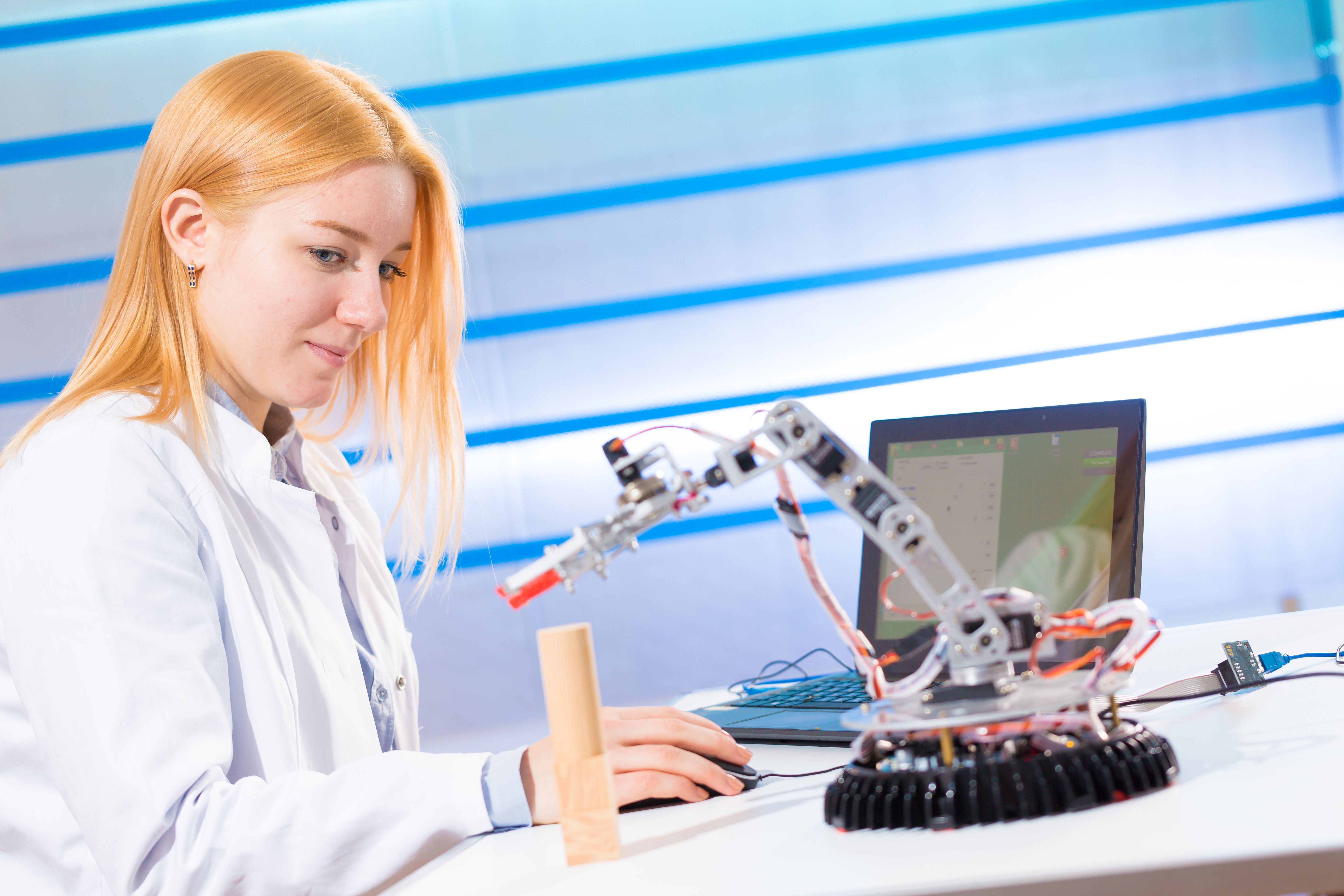Study proves girls’ passion for science subjects

Coinciding with the International Day of Women and Girls in Science, a regional study shows an encouraging number of girls and young women have a passion for Science, Technology, Engineering and Mathematics (STEM).
The Mastercard STEM research project surveyed more than 2,000 girls between the ages of 12-25 in the Asia Pacific region, exploring the influences that encourage or dissuade girls and young women from pursing education and career paths in STEM, and found over two thirds of 12 to 14-year-old girls find STEM subjects interesting (68 percent).
When 12- to 14-year-old girls were asked what job they wanted in the future, 22 percent said doctors, 20 percent said teachers and 18 percent said engineers.
Mastercard Country Manager for New Zealand and the Pacific Islands Ruth Riviere said the results of this latest study were encouraging “but reinforce the need to inspire the next generation of female scientists, technologists and designers who clearly have a passion for these traditionally male dominated areas”.
The study found 15 was the critical age when girls decided to pursue STEM or not. Although half of 15-19 year olds considered STEM-related subjects when they were young, half changed their minds, and by 17-19 only 12 percent continued studying STEM subjects.
“The research shows 15 is a critical age for girls to determine whether they follow a STEM path, especially as they select their subjects for NCEA,” Riviere said. “This can have a significant impact on their future career, so we need to make sure we do everything to minimise barriers and ensure girls have every opportunity to pursue STEM subjects.”
The key reasons girls were discouraged from pursuing STEM education and career pathways was due to their learned perceptions of gender bias, and subject difficulty, despite their interest and ability in the area.
When the girls were asked what would encourage them to pursue a career in STEM, parental encouragement was considered the most important influence (49 percent). Support from schools and institutions (29 percent), having female STEM role models (36 percent) and scholarships (38 percent) are also key motivators.
“From this study it is clear that work still needs to be done. It’s important that we continue to challenge gender biases in STEM, so that more Kiwi girls and women can achieve their STEM potential, and the broader economy can benefit from a wider talent base and greater diversity in the workplace,” Riviere said.









